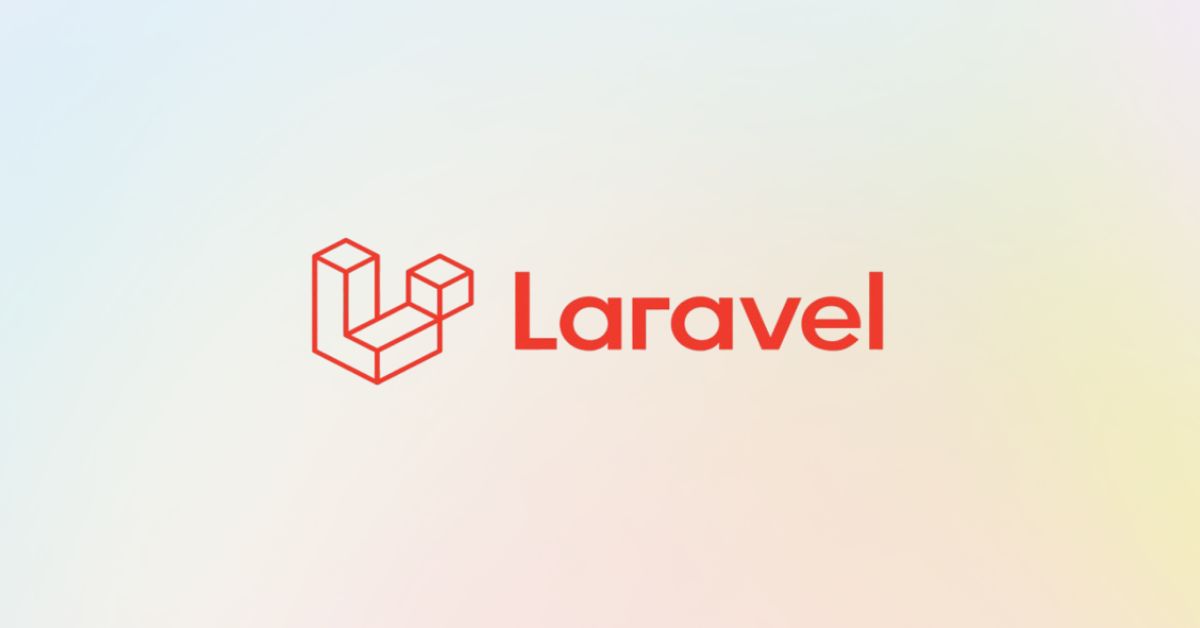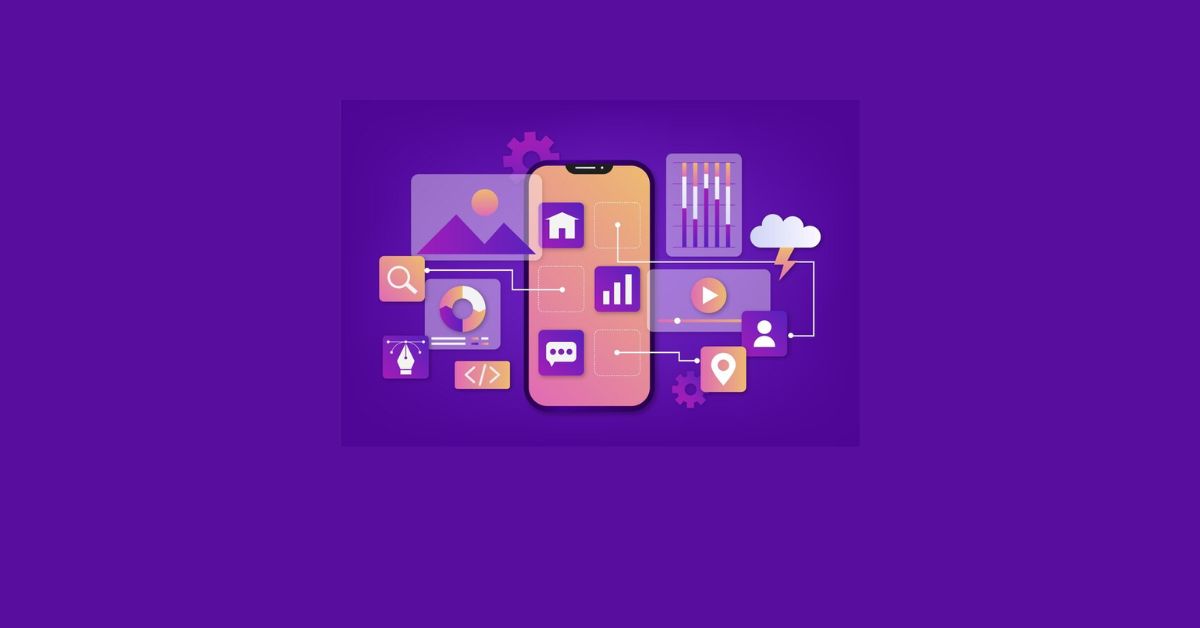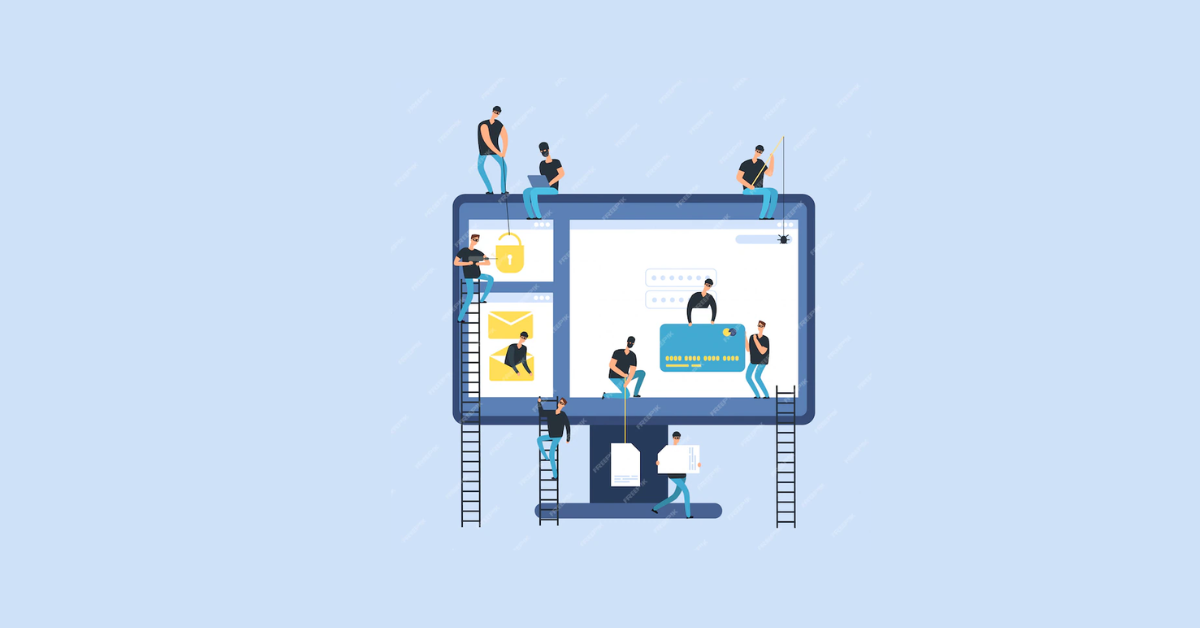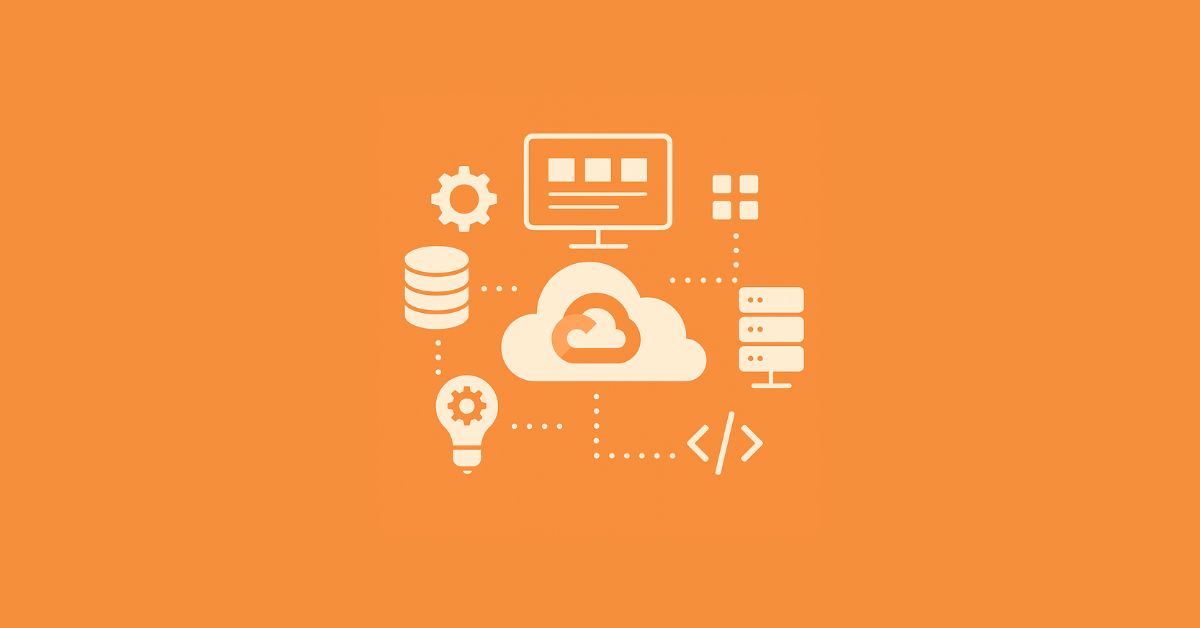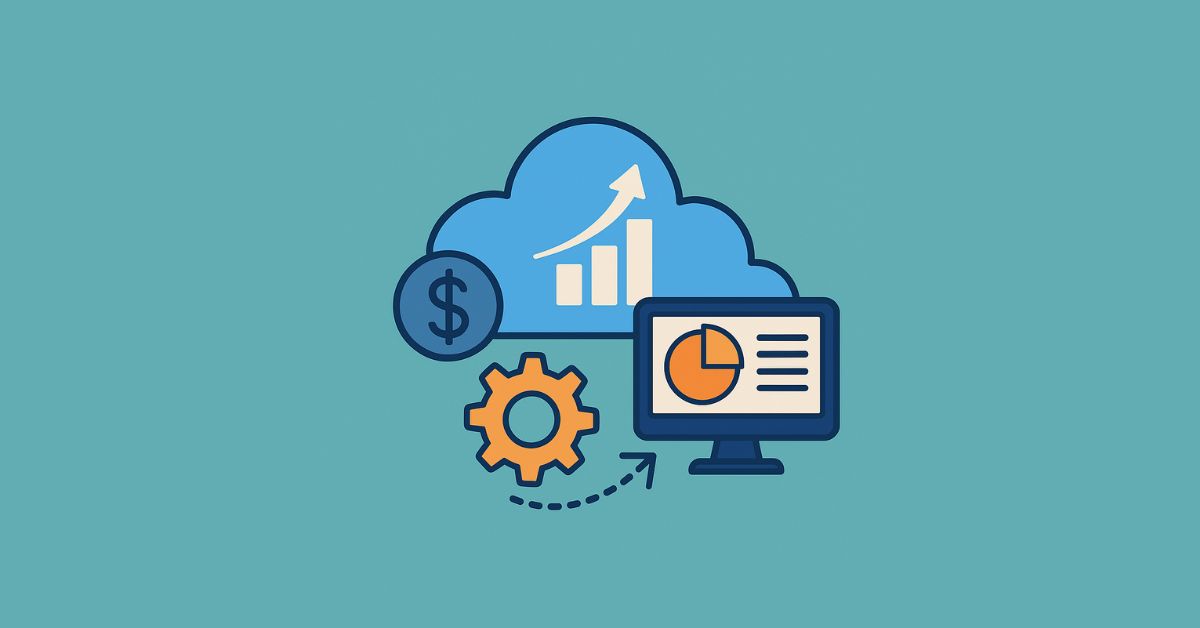Summary
As we move deeper into 2025, the demand for fast, secure, and scalable web applications is stronger than ever. Businesses, startups, and developers alike are searching for robust frameworks that simplify development while ensuring top-tier performance. This is where Laravel web development continues to shine. A mature PHP framework known for its elegant syntax and developer-friendly architecture, Laravel has consistently proven its value in building modern web applications.
But what is Laravel, and why should developers still consider it for high performance web apps in 2025? Let’s explore the core strengths of this framework and why it’s still a leading choice in the tech world.
- What is Laravel?
- Laravel Features That Enable High Performance
1. Blade Templating Engine
2. Built-in Caching Support
3. Eloquent ORM
4. Queue Management
5. Artisan CLI
6. API Support and Real-Time Events - Why Laravel Development is Ideal for Scalable Applications
- Laravel Combination with Modern Technologies
- Laravel Development: Security and Performance Hand in Hand
- Real-World Laravel Example: Scalable Business Solutions
- Laravel for Web Development in 2025: Developer Productivity and Community
- Future-Proofing Your Web App with Laravel
- Conclusion
What is Laravel?
Laravel is an open-source PHP web framework developed by Taylor Otwell and initially released in 2011. Built to offer a more sophisticated alternative to older PHP frameworks, Laravel focuses on simplicity, readability, and performance. It follows the Model-View-Controller (MVC) architectural pattern, helping developers separate application logic from presentation for cleaner, maintainable code.
At its core, Laravel simplifies common tasks like routing, caching, sessions, authentication, and database management. It also boasts an expressive syntax that makes writing code a joy rather than a chore.
Laravel Features That Enable High Performance
One of the main reasons for choosing Laravel for web development in 2025 is its vast collection of powerful features designed for performance, scalability, and security. Here are some of the standout Laravel features:
1. Blade Templating Engine
Laravel’s Blade templating engine allows developers to create clean, dynamic templates using plain PHP code with minimal overhead. Blade is lightweight and compiled into raw PHP, which boosts rendering speed and reduces latency on the frontend.
2. Built-in Caching Support
Laravel supports multiple caching backends, including Redis, Memcached, and database-based caches. By caching frequently accessed data and views, Laravel significantly improves the speed and responsiveness of your application.
3. Eloquent ORM
Eloquent is Laravel’s Object-Relational Mapping (ORM) system that facilitates database interactions using expressive, readable syntax. It improves efficiency by reducing the need for complex SQL queries, helping developers work faster without compromising performance.
4. Queue Management
For applications that require background task execution, Laravel provides a powerful queue system. This means time-consuming tasks like sending emails or processing files can run in the background without slowing down user-facing performance.
5. Artisan CLI
Laravel includes Artisan, a built-in command-line tool that automates repetitive tasks like migrations, testing, and database seeding. This speeds up the development cycle and ensures consistent deployment.
6. API Support and Real-Time Events
With support for RESTful APIs, Laravel makes it easy to build high-performing backend systems for web and mobile apps. It also supports broadcasting real-time events via tools like Pusher or Laravel Echo, enhancing user interactivity.
Why Laravel Development is Ideal for Scalable Applications
Whether you’re developing an e-commerce platform, content management system, or SaaS product, scalability is key. Laravel makes scalability a core priority. Its modular packaging system allows developers to scale features easily, and Laravel’s support for cloud-based hosting platforms like AWS and DigitalOcean ensures applications are ready for heavy traffic loads.
Moreover, Laravel’s ecosystem includes Laravel Vapor, a serverless deployment platform powered by AWS. It allows Laravel applications to auto-scale with zero server maintenance, making it ideal for high-traffic, enterprise-level apps.
Laravel Combination with Modern Technologies
A key reason developers choose Laravel in 2025 is how well it integrates with modern technologies. Whether you’re using Vue.js, React, or even Inertia.js on the frontend, Laravel seamlessly works with these tools to create responsive, modern applications.
This Laravel combination with frontend frameworks helps maintain a clean separation of concerns while supporting fast, real-time updates and smooth user experiences. Additionally, Laravel’s compatibility with tools like Docker and CI/CD pipelines supports DevOps workflows for streamlined deployment and maintenance.
Laravel Development: Security and Performance Hand in Hand
Security remains a priority for any web app in 2025, and Laravel doesn’t disappoint. It provides built-in protection against the most common web vulnerabilities including:
- Cross-site scripting (XSS)
- Cross-site request forgery (CSRF)
- SQL injection
Laravel’s authentication system is both robust and customizable, and password hashing using Bcrypt or Argon2 ensures secure user credentials. The result is a web application framework that balances performance with peace of mind.
Real-World Laravel Example: Scalable Business Solutions
Looking at a Laravel example can provide a clearer picture of how it performs in real-world applications. Consider a fast-growing online marketplace that experiences traffic spikes during flash sales or product launches. Laravel can manage these load surges with its caching, queue management, and service container for dependency injection — all of which contribute to maintaining fast page loads and seamless user interactions.
Many top-tier platforms and startups use Laravel for its flexibility, security, and speed. Whether it’s a startup MVP or a complex enterprise portal, Laravel adapts to your needs without compromise.
Laravel for Web Development in 2025: Developer Productivity and Community
Another significant advantage of Laravel is its thriving global community. With thousands of packages and pre-built solutions, developers can save countless hours by reusing and customizing trusted components.
Also, Laravel offers excellent documentation and video tutorials (via Laracasts), making it beginner-friendly while still being robust enough for seasoned developers. This combination of great documentation, an active developer base, and constantly evolving tooling contributes to Laravel’s continued popularity for modern, high-performance development.
If you’re looking for expert assistance, collaborating with a reputable Laravel development company ensures your project is built with best practices and optimized for performance from the start.
Future-Proofing Your Web App with Laravel
One of the most compelling reasons to choose Laravel development in 2025 is future readiness. Laravel is frequently updated to reflect the latest in PHP improvements, security standards, and development practices. Features like Laravel Octane (for supercharged performance using Swoole or RoadRunner) demonstrate how the framework is committed to staying on the cutting edge of web technology.
Whether it’s integrating machine learning APIs, handling real-time data, or enabling serverless functionality, Laravel is equipped to meet future demands.
Conclusion
Laravel remains a top-tier framework for building high-performance web apps in 2025 thanks to its powerful features, modern integrations, scalable architecture, and strong community support. Its continued evolution and adaptability make it the go-to choice for developers who want efficiency, security, and long-term success.
Whether you’re launching a new platform or upgrading an existing system, leveraging Laravel for web development ensures you’re building with a framework designed for speed, security, and scalability.
From expressive syntax and built-in tools to modern tech stacks and seamless frontend integration, Laravel is more than just a PHP framework—it’s a complete solution for modern web development.

